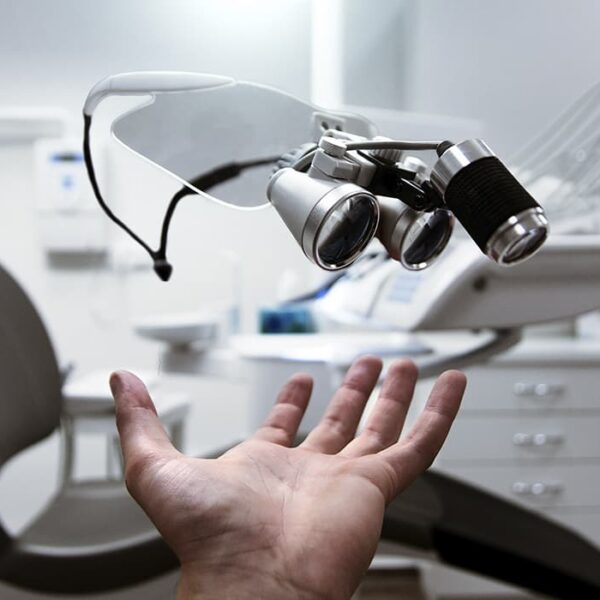We are living at the dawn of the era of nanomedicine. Nanoparticles and nanodevices will soon become precision drug delivery systems, cancer treatment tools, or tiny surgeons.
Precision Surgery
Innovations in medical nanotechnology are already making surgical procedures orders of magnitude more precise and safe.
The revolutionary SurgeLight system developed and already in test use at the Jules Bordet Institute in Belgium allows the precise visualization of different tissue types, blood vessels and nerves in real time during surgery.
To create this system, Belgian scientists developed special fluorescent nanobots. These are nanoparticles 100-150 nm in size, capable of accumulating in a strictly defined type of body tissue. Inside such a particle is a fluorescent molecule that emits light of a strictly defined wavelength.
When treating the operation area with these nanoparticles, the surgeon sees in a special microscope a colored picture, where blood vessels, muscles, connective tissue and other structures are colored, each in its own color. The area of the malignant lesion can also be highlighted in color.
This makes it easy to navigate and remove only what is needed without traumatizing healthy tissue or damaging vessels and nerves.
The SurgeLight system received the highest award at the prestigious Med Tech ’19 world exhibition of medical innovations.
Innovative medicine in Belgium
Nanotherapy for cancer
This technology has become one of the most important medical innovations of our time.
Nanotherapy devices are popular because of their high precision and lower overall cost compared to immunotherapy and targeted drugs when used to treat cancer.
Nanoparticles have a large surface area to volume ratio, which allows many functional groups to be attached to such a particle. These functional groups find tumor cells and, by binding to the corresponding receptors on their surface, help the nanoparticle to penetrate inside. Inside the cancer cell, they release a substance that causes the cell to die and eventually destroy the tumor.
Common nanoparticles are made of metals such as silver and gold, which are in the 15-200 nm range.
The Center for Innovative Medicine InhaTarget Therapeutics at the Université Libre de Bruxelles (ULB) has developed and already plans to introduce two such drugs into clinical practice.
These drugs, Cisplatin-based DPI and Paclitaxel-based DPI, are designed to treat lung cancer. Acting only on tumor cells, they (in comparison with classic drugs) have virtually no side effects. The ability to use them in high concentrations provides the best therapeutic effect. And the inhalation form of delivery makes these drugs very comfortable for patients to use on their own.
